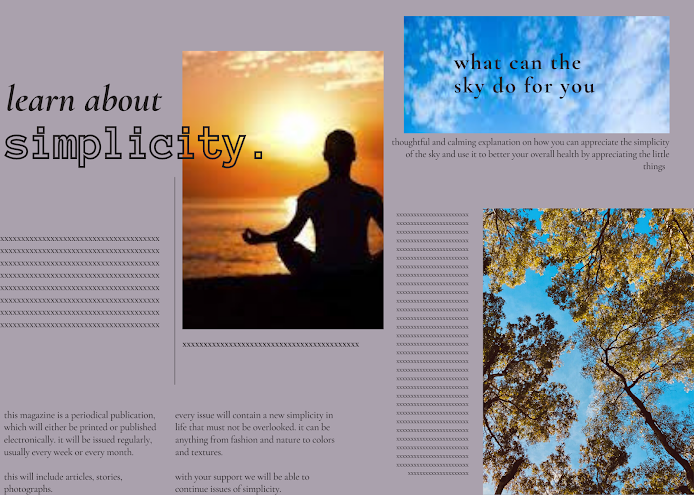.21 - Magazine Cover Editorial terms and definitions

Masthead: the title of a newspaper or magazine at the head of the front or editorial page. Tagline: a slogan or short text that serves to clarify a thought for the magazine. Skyline: the information panel on the cover that tells the reader about other stories in the magazine. Pug/Puffs: usually located on the corner or the side of the cover used to promote something or incentives the reader. Main Cover Line: A headline on the front cover advertising a story or feature inside the magazine Main Image: Usually placed in the middle of the front page would be the most important or appeal most to the readers. Secondary Images: Other less important images placed in the cover to show other stories or features within the magazine Frames: Used to differentiate magazine from others and also used to emphasize subjects within the frame.







